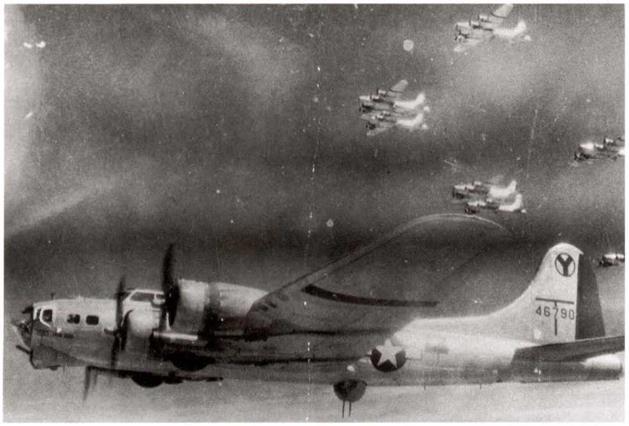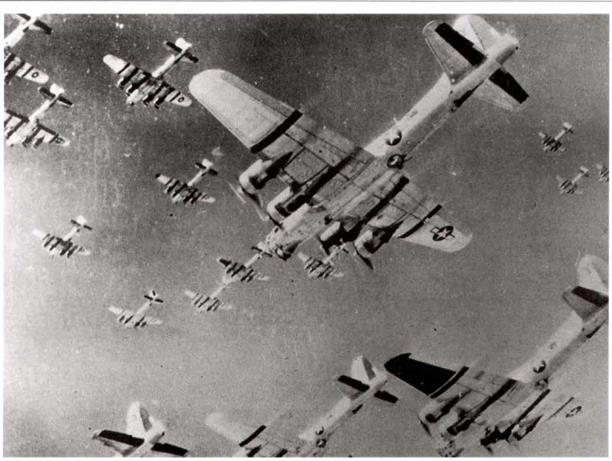Supplement T. 0.07-1-1A issued on January 22, 1945
This supplement to T. 0.07- Ы revised the markings for PT type aircraft again. Instead of bands of international orange on their fuselage and wings, PT trainers were now to have the upper surface of upper wings and lower surfaces of lower wings of biplane type airplanes, and upper and lower surfaces of monoplanes painted with orange-yellow or identification yellow, gloss or camouflage paint. The same paints were also to be applied to all surfaces of the empennage.
Two coats of dope were required to hide the aluminized dope, but more than two coats would have a deteriorating effect on the finished fabric. For this reason, only touch-up was to be accomplished after the original application of the two coats. This new requirement considerably changed the appearance of PT type trainers, moving them closer to the original blue and yellow scheme, as requested by AAFTC in March, 1944.
|
|
Douglas A-26B-1-DL, 41-39101, (the second A-26B built), aircraft AN-F, of the 553BS, 386BG, Ninth Air Force, England, in early 1945. Finish natural metal, with yellow group band across tail, trimmed in Black. Note the red propeller warning stripe. (USAF via Gerry R. Markgraf)
|
|
Fairchild UC-61, no serial number visible, with a two-star general’s markings on the Fin, on a very snowy day in January 1945, at strip A-64, St. Dizier, France. It is Finished in the usual dark olive drab and neutral gray Finish, without any invasion stripes. (William L. Swisher)

|

|
More than sixteen B-17G’s of the 2nd BG, 5th BW, Fifteenth Air Force, on their way to bomb Germany in early 1945. Unit markings consist of black rudders, elevators and bands across the outer wing. One aircraft has the whole left outer wing painted in black, (March AFB Museum) |
New requirements were added for aircraft regularly assigned to tow target service. These aircraft could have orange-yellow or identification paint materials of applicable type applied locally over the bare metal or previously applied paint materials. This paint was to be applied only to rudder, cowling, and upper and lower wing tips for identification and visibility purposes.
Fighter aircraft used in Flexible Gunnery Training, to make camera gun attacks on bombers, could now be painted in suitable contrasting colors, where required. This was to make them readily seen when filmed against a cloud or terrain background (P-63 aircraft were primarily used for this purpose and were usually painted bright red – author).
A change was made to the instructions for painting the War-Weary and Surplus aircraft letters on the fuselage of aircraft; these two-inch letters were now to }эе painted in insignia paint materials (previously no color had been specified for these letters.)













